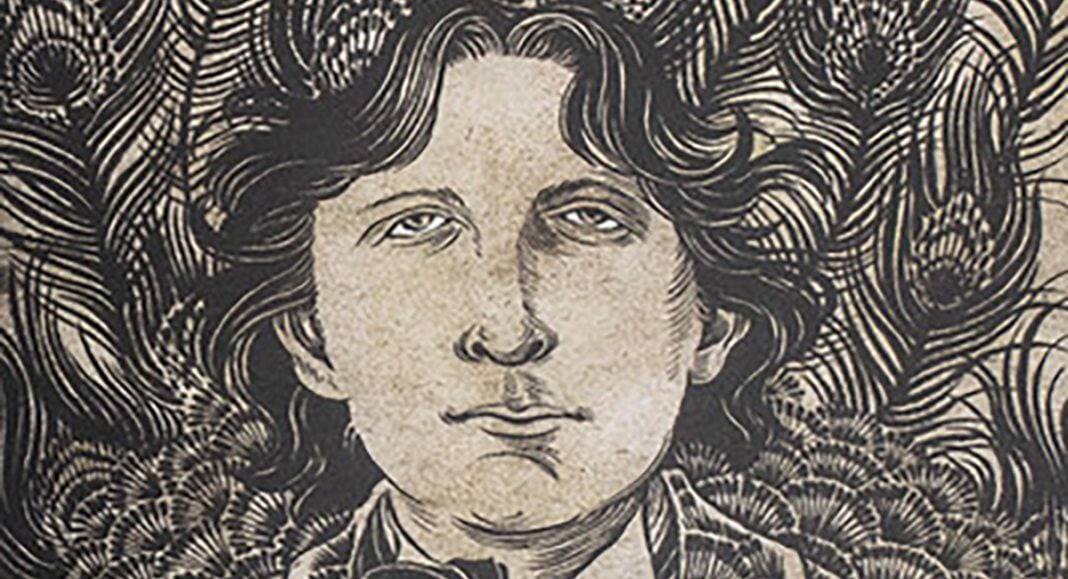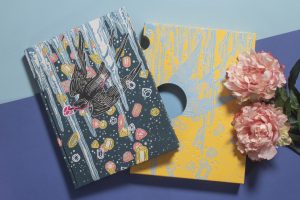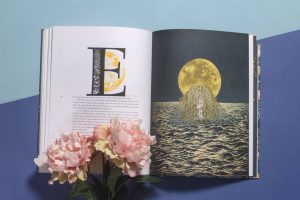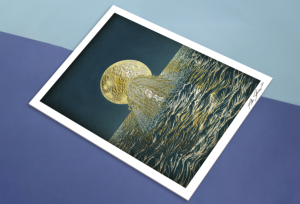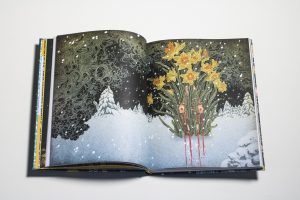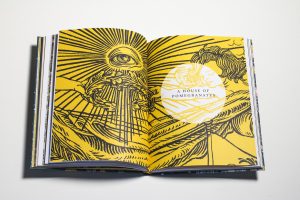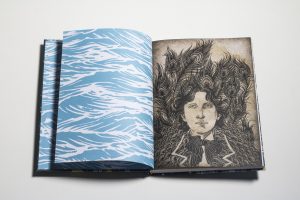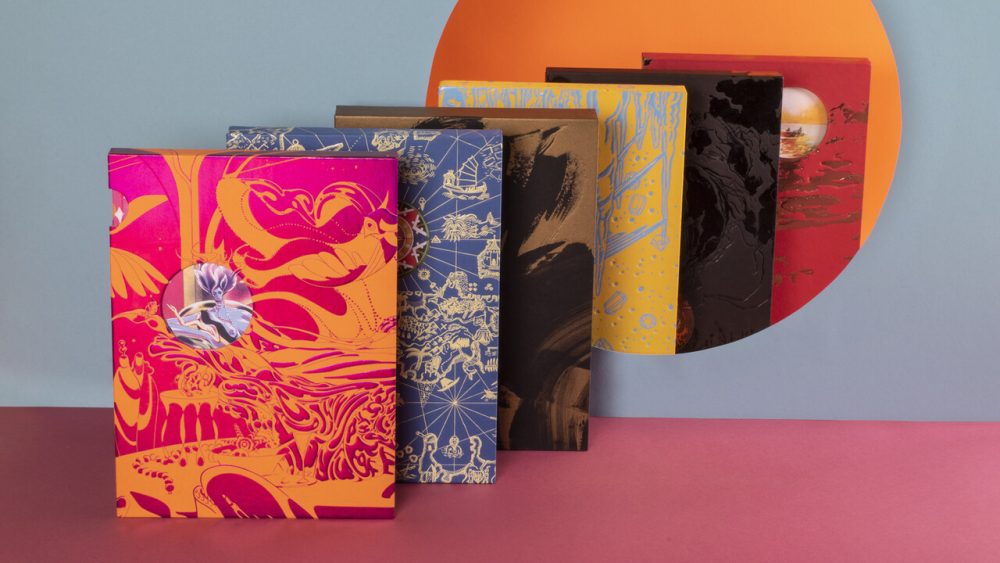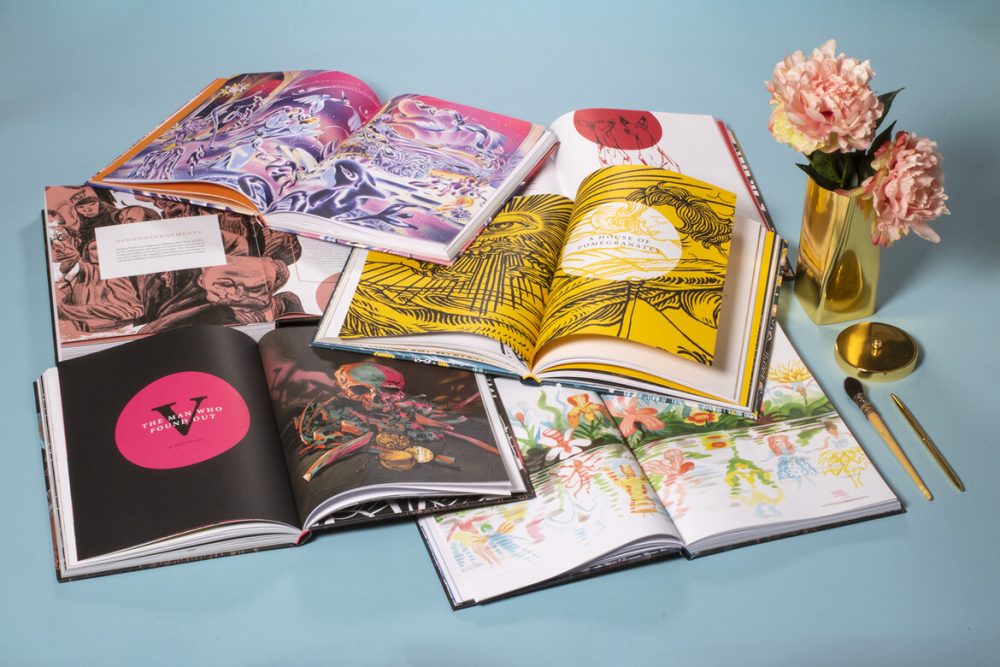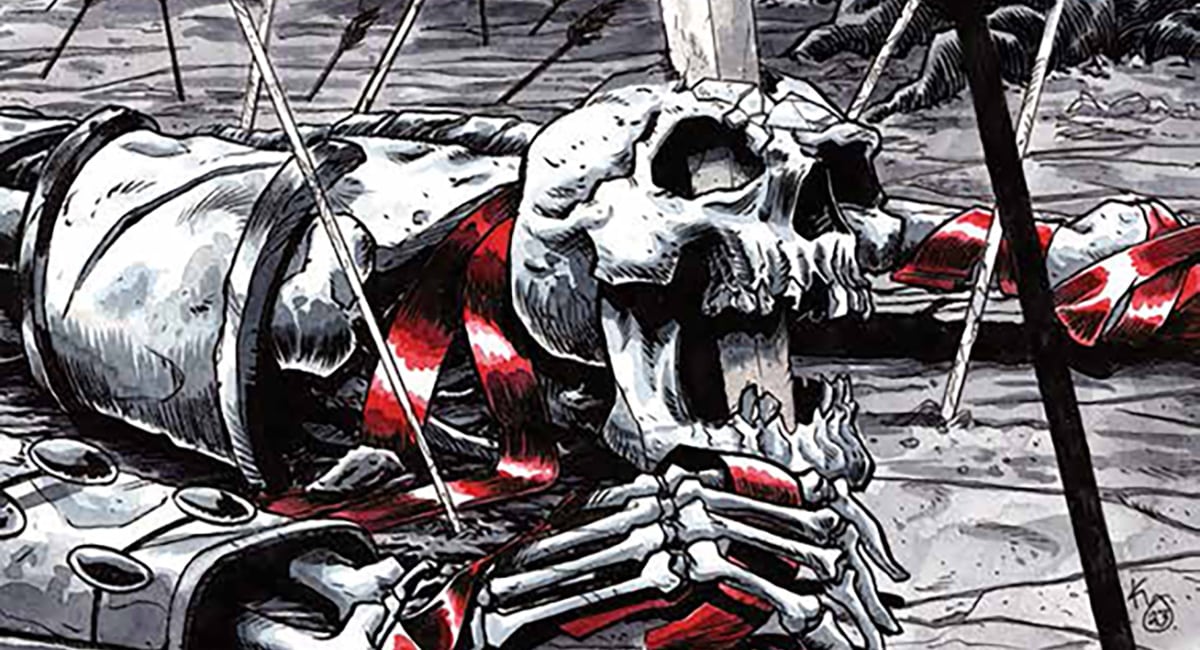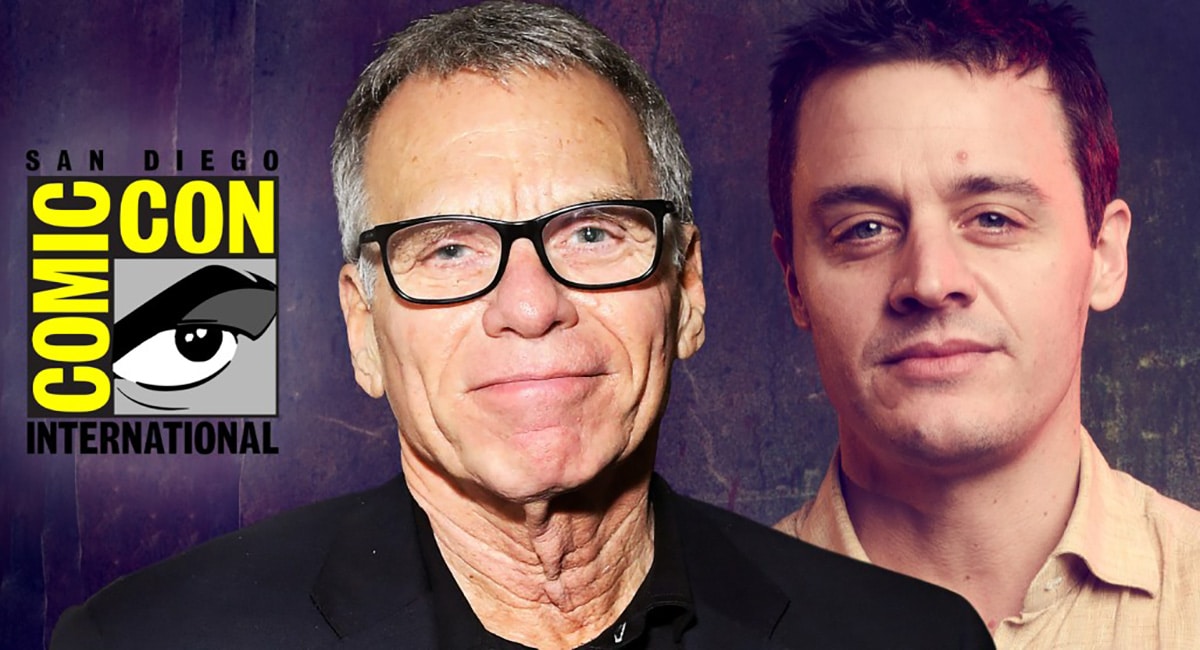I admit I’m a sucker for books like this, especially when they take classic stories from influential writers and add gorgeous art to them. This week’s Small Press Spotlight focuses on The Fairy Tales of Oscar Wilde, the second edition of this particular Illuminated Edition from Beehive Books. Illustrations are by Yuko Shimizu, and the book comes with an introduction by Michael Cunningham.
The campaign to fund the book is currently running here on Crowdfundr, and backers can receive not only a new edition at a discount but also a limited edition gold-foiled fine art print from Yuko herself.
Read more here:
“The Illuminated Editions series invites exceptional visual artists to re-imagine literary classics through a full suite of illustrations and illuminated letters. We interweave the new art and the original text to create a singular art object that tells classic tales in an entirely new way. Each book opens with an original essay introduction, which invite experts and innovators to explore, interpret, and contextualize the text and artwork.
We’ve been lucky to work with some of the most visionary artists and writers working today. We’ve published editions illustrated by Dave McKean, Brecht Evens, Bill Sienkiewicz, Rebekka Dunlap, Jim Woodring and many more, with writing from Guillermo Del Toro, Alan Moore, Darren Aronofsky, Brooke Bolander, among other luminaries.
Our best-selling and most award-winning project to date is one of our launch titles: a glorious anthology of the complete fairy tales of Oscar Wilde brought to life by the impossibly gorgeous, ornate, haunting illustrations of Yuko Shimizu (BARBED WIRE BASEBALL, THE UNWRITTEN), with a lyrical introduction from Pulitzer-winning novelist Michael Cunningham (THE HOURS, A WILD SWAN).”
Take a look at some of the art inside The Fairy Tales of Oscar Wilde:
Check out details on other books available:
H.G. Wells‘ gleefully blasphemous tale of human chimeras and deranged scientific curiosity comes to nightmarish life through the supreme brushwork and unmatched vision of Bill Sienkiewicz (Elektra: Assassin, Big Numbers). His Illuminated Edition of The Island of Doctor Moreau is accompanied by an introduction by none other than Guillermo Del Toro, a modern maker of monsters who brought us such Moreau-vian horrors as Pan’s Labyrinth and The Shape of Water.
Algernon Blackwood’s turn-of-the-century occult sagas had a huge impact on many 20th-century masters, including H.P. Lovecraft, who believed that his masterwork The Willows was the greatest supernatural tale in all of English literature. But in the 110 years since its original publication, The Willows has floated in and out of print, without the wide recognition it deserves. But now the celebrated cartoonist and graphic artist Paul Pope (Batman Year 100, Battling Boy), whose energetic brushwork seems to writhe and vibrate on the page, brings this story to life along with four other classic Blackwood horror tales.
The beloved classic fantasy adventure Peter Pan has been adapted countless times for film, stage, and spin-offs, but it’s never been seen as depicted by the watercolors of celebrated Belgian cartoonist Brecht Evens. This elaborate version of Barrie’s perennial masterwork takes an inventive approach to world-building, treating Neverland as an imaginative space of infinite possibility to explore. Pirate ships, lost cities, fairy societies, unknowable beasts and magical creatures — each of which fall, as Barrie wrote, “somewhere between reality and all we’ve ever dreamed.”
The Blazing World is one of the most fascinating, unusual and astonishing pieces of literature in the English language. Written in 1666 by Margaret Cavendish, the Duchess of Newcastle, the story follows a young woman who is transported to a world of animal-people, becomes their empress, and eventually leads an invasion back into her own world. The tale involves spirit possession, astral projection, the many-worlds theory, and an interdimensional queer romance, making it perfectly suited to the mindbending, otherworldly art of illustrator Rebekka Dunlap.
Fyodor Dostoevsky’s Crime & Punishment, arguably the first modern exploration of psychological realism, is not only a gem of Russian literature but an internationally renowned classic. Now this masterpiece has been vividly transformed by the powerful illustrations of award-winning artist Dave McKean, whose multimedia paintings are shrouded with the specters and shadows of Raskolnikov’s fever dreams.
The Italian illustrators known as the Balbusso Twins take on F. Scott Fitzgerald’s The Great Gatsby, bringing out the richness, satire and sorrow that suffuses this saga of decadence, corruption and love. Their modern illustration style highlights the incredible relevance of Fitzgerald’s story, which has only seemed to increase over time. Their illustrations bring us into Gatsby’s world — but they also bring Gatsby into ours. Featuring an introduction by William Cain, the Mary Jewett Gaiser Professor of English at Wellesley College specializing in 19th and early 20th century American literature.
Visionary cartoonist Jim Woodring chose to illustrate an unclassifiable 1920 novel by the legendary British writer David Lindsay. A Voyage to Arcturus is a baffling amalgam of mysticism, science fiction, sexual politics, and outrageous fantasy, and stands as one of the greatest works of sustained, untrammeled imagination ever achieved. Woodring’s drawings capture the writhing currents of interacting forces that lie beneath the wonderfully arcane prose. Featuring an introduction by Alan Moore.
The great painter and multimedia artist Kent Williams depicts the supernatural Japanese stories of Lafcadio Hearn, originally published in his books Kwaidan and Shadowings. These books are full of ghost stories, nightmares, and strange tales — of possessed forests, of monks tormented by demons and ghosts, of corpse brides, man-eating goblins, and undead samurai. They come to life as never before under Williams’ brush. Featuring an introduction by filmmaker Darren Aronofsky, a foreword by writer Kyoko Yoshida, and an essay by Hearn’s great-grandson and director of the Lafcadio Hearn Memorial Museum, Bon Koizumi.


